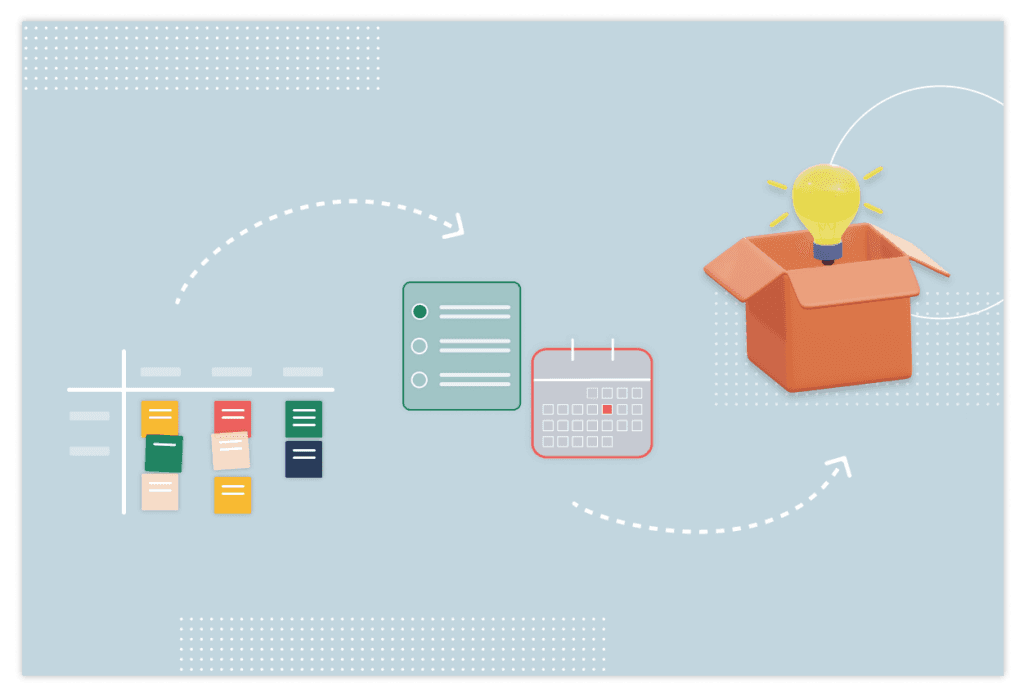Creativity Is Commercial: How a Problem-Solving Mindset Unlocks Growth
UI/UX Design
Why you need a creative approach
Creativity is often misunderstood or overlooked from a commercial point of view. The world of growth, revenue and profitability tends to view the idea of a ‘creative’ as an artistic indulgence. That pessimism around creativity can be your undoing. Creativity is what separates average products from amazing ones. Businesses that fail to harness this powerful trait are losing out on commercial gain. All because they have a negative attitude towards ‘creatives’ that begins at board level and carries through the entire workforce.

The stats prove it: businesses that foster creativity are 3.5 times more likely to outperform their peers in commercial growth. McKinsey took this idea further and aimed to quantify creativity by assigning an ‘ACS’ (award creativity score) to businesses. Those that scored highly on the ACS score are deemed more creative. And again, it pays off – 67% of the most creative businesses had above-average organic revenue growth. Creativity, at its core, is about problem-solving. When designing digital products, the solutions that most effectively solve user problems are those that work best. At KOMODO, we focus on the product instead of the production. It's about making products that work for your users. Innovating against your competitors and creating products that go beyond expectations. Here are some thoughts on our creative approach…
Creativity as a practical tool
Businesses are ALWAYS searching for that fabled ‘innovation’. But the only way to achieve this is to focus on user needs and develop novel solutions. Foster a creative mindset from the earliest stage of a digital project so that teams can begin creating answers to user challenges as early as initial research. Creativity is something to prioritise on a team-wide level. Everyone from your UX team and software developers can lead the way with creative problem-solving. From stakeholders down, you need to encourage creativity. Expose every facet of your product process to innovation. Even the more ‘mundane’ areas that never get the chance.
Product, over production
Don’t get us wrong: the production process can make or break a digital product. Badly planned production processes will lead to soaring costs, employee burnout and either a rushed launch or a stalled one. However, focusing solely on production is never a good idea. The product is the most important thing. Use creativity to outline the features most important to the product and then plan the production stage around achieving those features. Creative mindsets during the production phase will also help spot issues or gaps, innovate on the fly and solve challenges as they occur. If you’re currently managing a product that isn’t performing well and you’re tired of round after round of versions that don’t deliver results, try to take a step back and reconsider the product itself. What was the need it serves? How well is it serving that need? Focus on the product and the solutions will come.
Problem-solving is for every stage
As a creative product studio, we deal with a lot of different problems for our client’s projects. The projects that come to us boil down into three main tracts:
Reboot: A project that hasn't gone to plan or something is wrong. We need to get things working again.
Refinement: A project that is live and functioning, but needs to be built on to make it even better.
Revolution: Building from scratch to launch a market-leading product.
All of these tracts require creative thinking but too often businesses only get creative when it comes to new projects or features. Instil creativity across all stages of a project so that innovation has a chance to present itself. Some of the most impactful creative decisions come during iteration, transforming existing products from good to great.

Outsourcing creativity is cost-efficient
Creativity pays off, but redefining your entire work culture takes time. Unfortunately, many businesses that have already committed to digital products don’t have the resources. Stuck in a creative rut? Work with KOMODO and we’ll bring creativity not only to your product but to your team, exposing them to new ways of thinking from our initial discovery session onwards. All of our projects fall into our 3-3-5 approach, which includes the tracts above, the three core traits we use (Understanding, Creativity, Intelligence) and the five stages of our process. Creativity is built into every part of this, a core aspect of our way of working that drives us forward and delivers innovation where clients need it most.

Got an idea? Let us know.
Discover how Komodo Digital can turn your concept into reality. Contact us today to explore the possibilities and unleash the potential of your idea.

Sign up to our newsletter
Be the first to hear about our events, industry insights and what’s going on at Komodo. We promise we’ll respect your inbox and only send you stuff we’d actually read ourselves.






